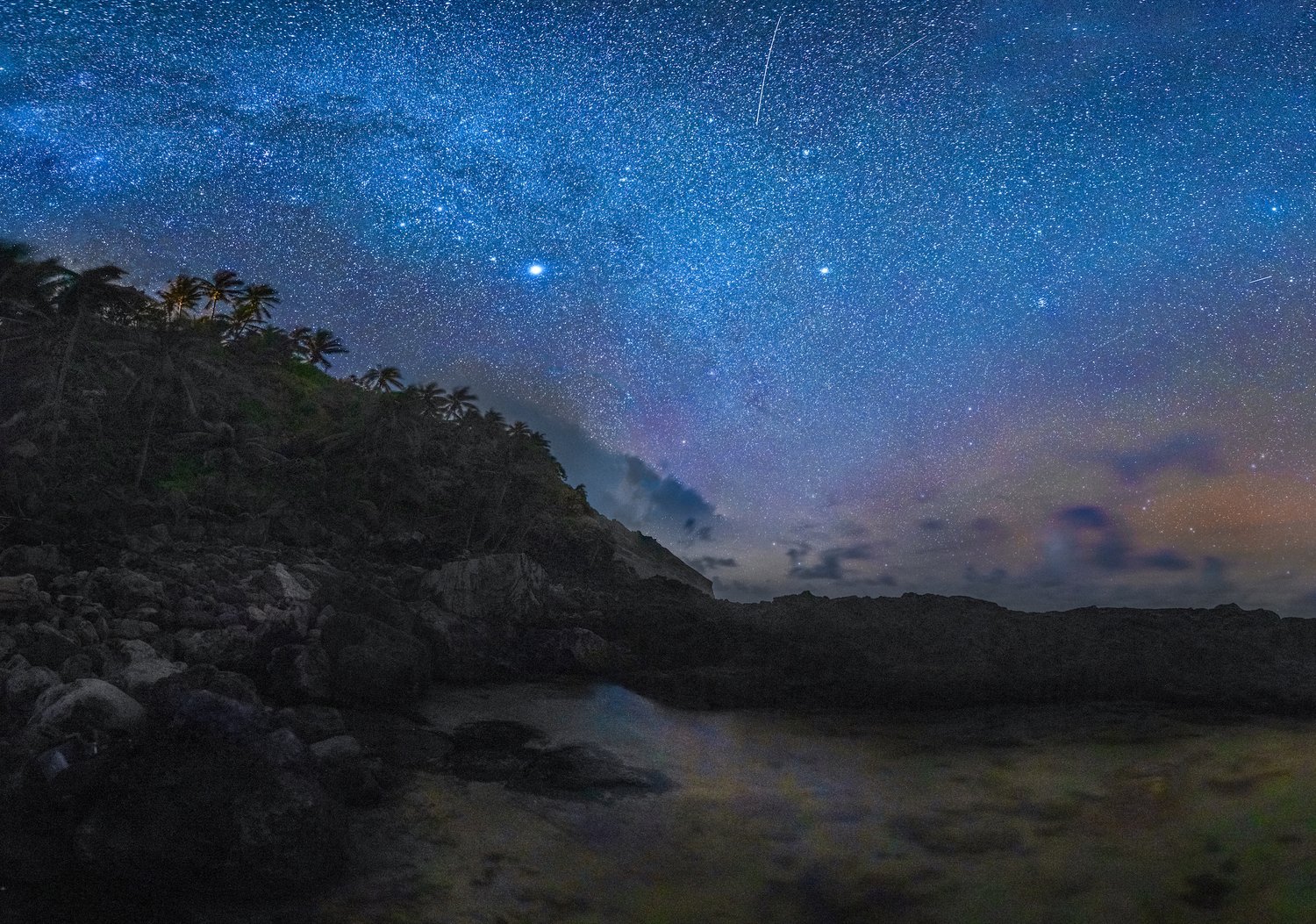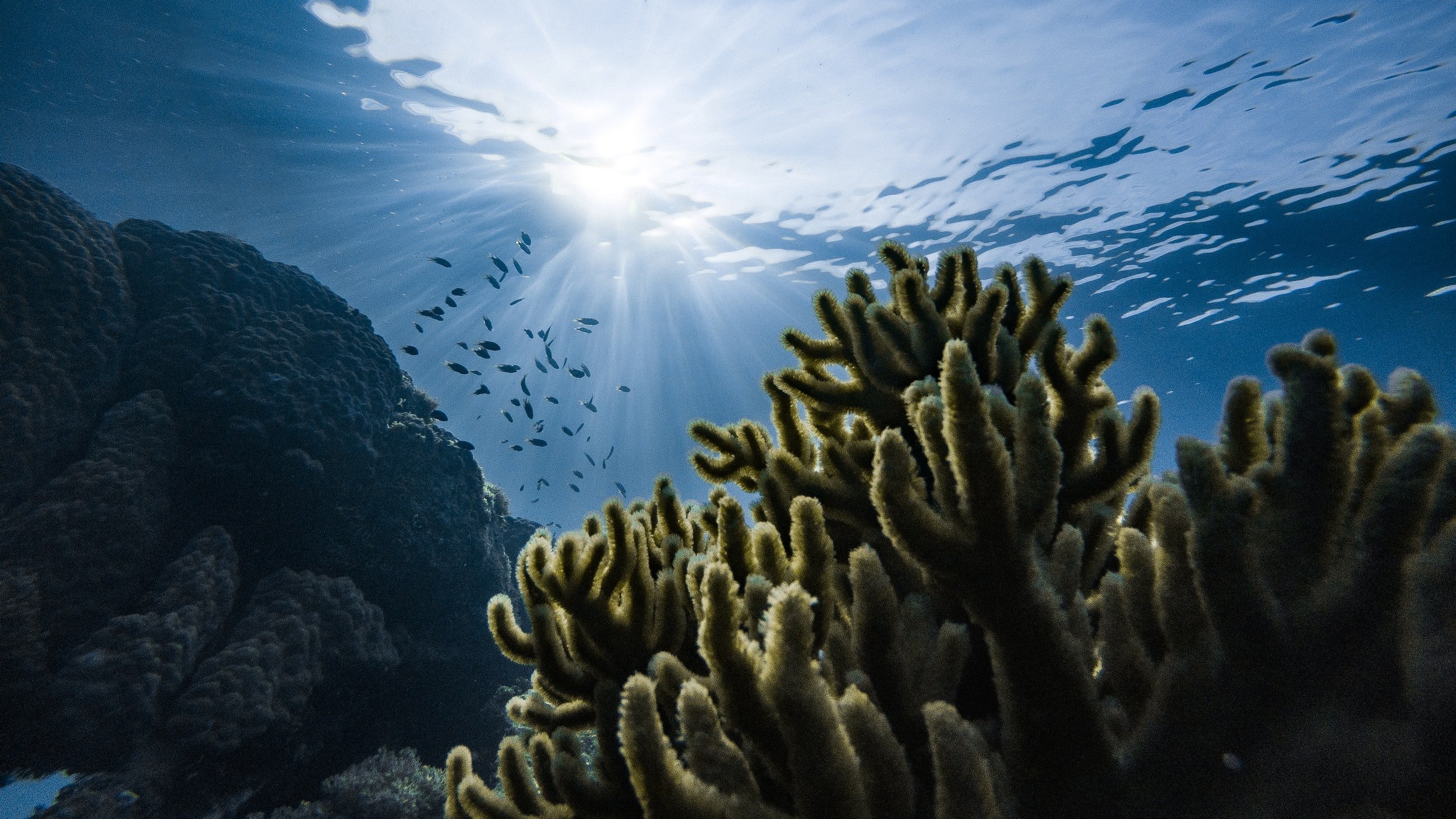
Conservation Initiatives
Conservation efforts on Pitcairn are essential in preserving the unique biodiversity of the island.
Pitcairn Island is home to a number of endemic species and ecosystems that are not found anywhere else in the world. These unique species and ecosystems play an important role in maintaining the island's ecological balance and supporting the local as well as global biodiversity.
See how we are protecting our environments for future generations to come.
Home To One Of The Largest Marine Reserves On Earth
Home to one of the worlds Largest, no-take Marine reserve, covering 840,000 square kilometres. Since early 2011 the Pew Environment Group’s Global Ocean Legacy project has been working with the Pitcairn islanders on the idea of establishing a large scale marine reserve within their waters.
Home To One Of The Most Remote Marine Science Bases on Earth
As of September 2023, Pitcairn now hosts a state-of-the-art laboratory, wholly committed to advancing scientific research on climate change and the preservation of endangered species. This endeavor enjoys steadfast support from the British government, and serves as a testament to the resolute dedication of Pitcairn's 40 residents, who personally undertook the construction of this marine science base. Learn More
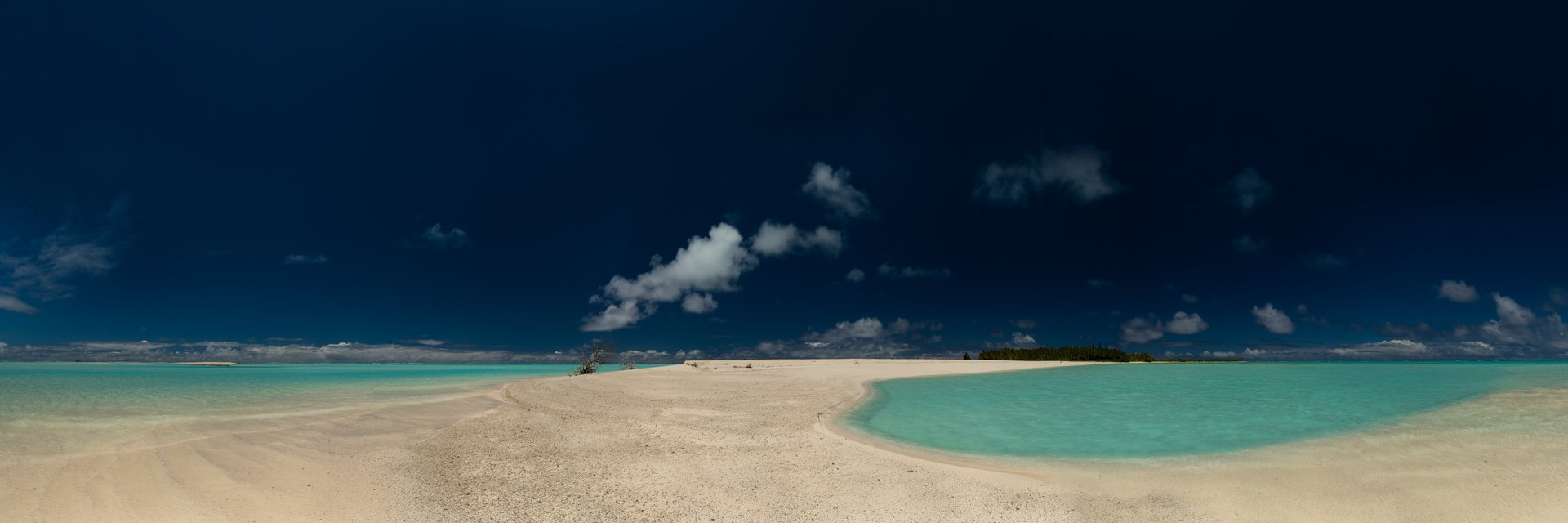
Pitcairn is where history meets future,
blue meets green, sea meets sky,
and we meet you.
Introducing Mata ki te Rangi - Pitcairn's International Dark Sky Sanctuary. The Pitcairn Islands have exceptionally stunning dark skies, free from all light pollution. In late 2018 the Government of Pitcairn Islands made application to the International Dark Sky Association (IDSA) for the 4 islands in the Pitcairn Islands group to be granted the status of an International Dark Sky Sanctuary (IDSS).
The Only Island Group Named An International Dark Sky Sanctuary
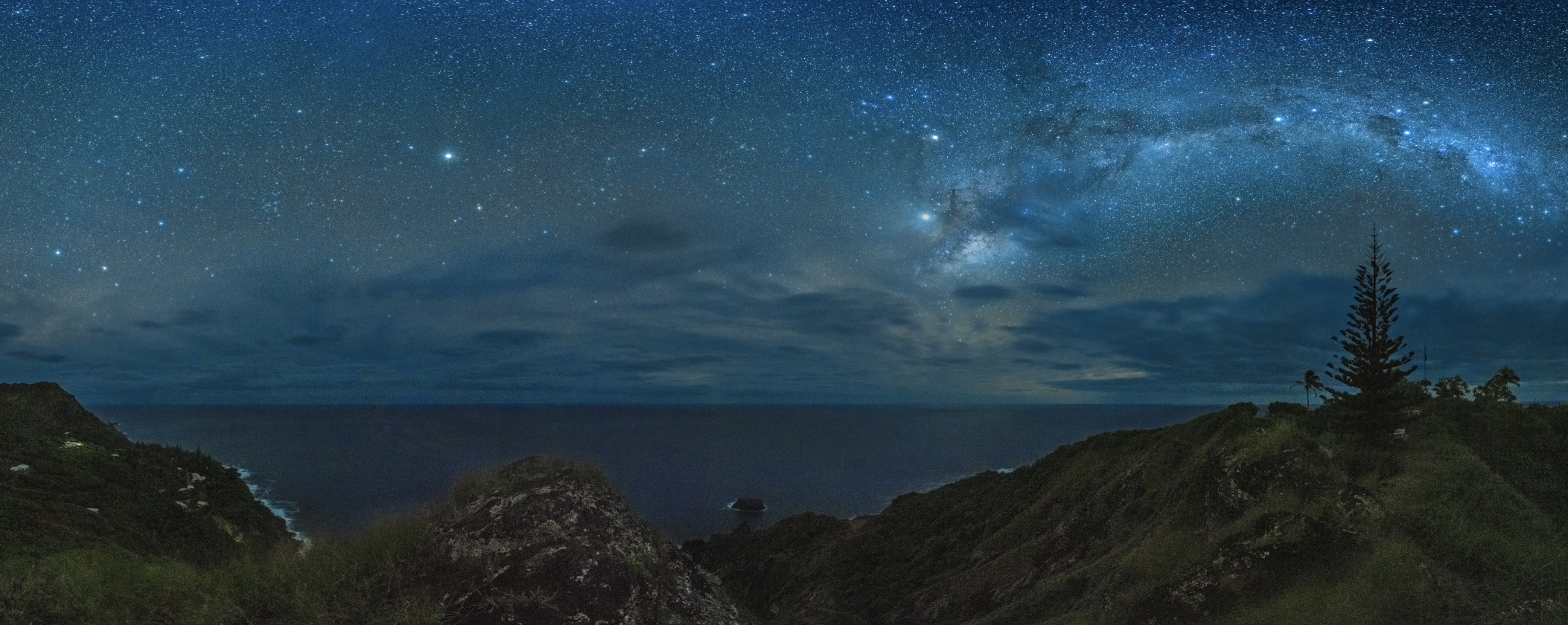
Known as “Mata ki te Rangi” (Eyes to the Sky) International Dark Sky Sanctuary, our IDSS encompasses all 4 islands in the Pitcairn Islands Group, a total land area of 43.25 km2.
UNESCO World Heritage Site: Henderson Island
Declared a World Heritage Site by UNESCO in 1988, Henderson is one of the world's least disturbed raised coral islands. Measuring 37km2, it rises to 30 meters above sea level. Henderson Island has a unique assemblage of plant and animal species. It supports 73 plant species, of which 9 are found no-where else in the world. Its four land birds are unique to Henderson: a fruit pigeon, a small parrot, a warbler, and a flightless rail. The island is also a vital haven for nesting seabirds. For these reasons and because its ecology is virtually intact, despite extensive early Polynesian occupation, Henderson was declared a World Heritage Site by UNESCO in 1988.
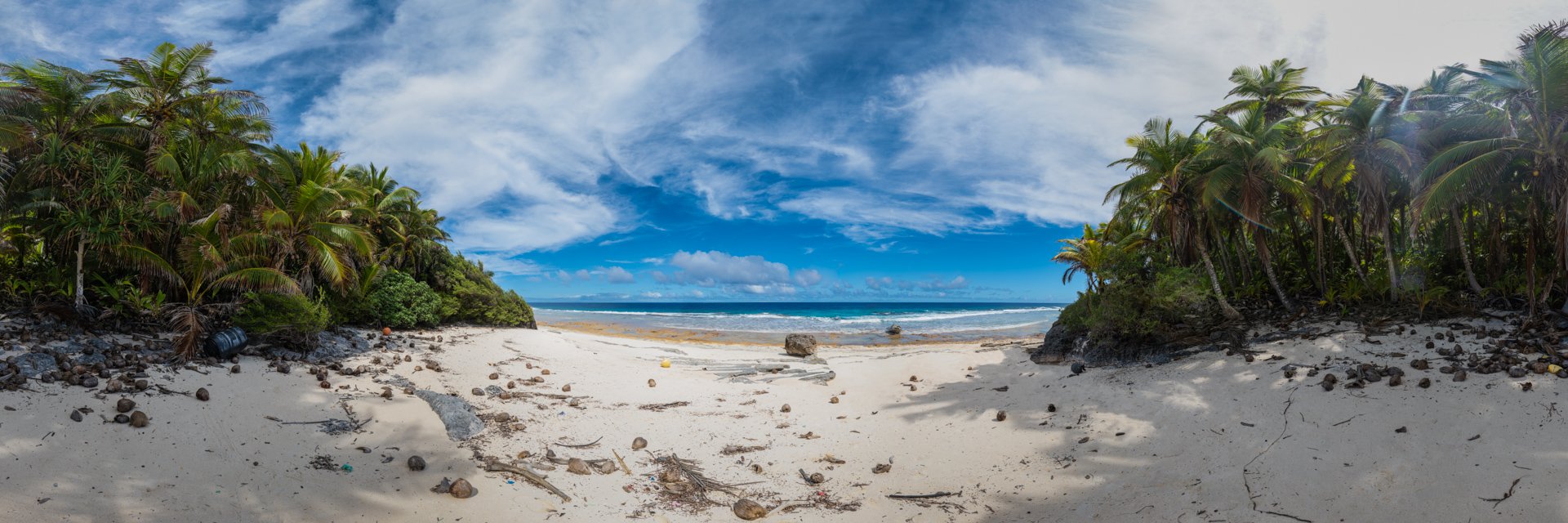
In 1988, UNESCO designated Henderson Island as a World Heritage Site due to its exceptional natural beauty and scientific significance.
Recently, Pitcairn unveiled its new locally driven, science-based Marine Protection Management Plan. This five-year strategy provides clear guidance for effective administration of the Pacific islands’ near-pristine waters. Effective management of human activities in the MPA can protect key species and habitats, while research and monitoring programs can deepen understanding of the marine environment and help measure progress.
Important Scientific Research Programs Ongoing
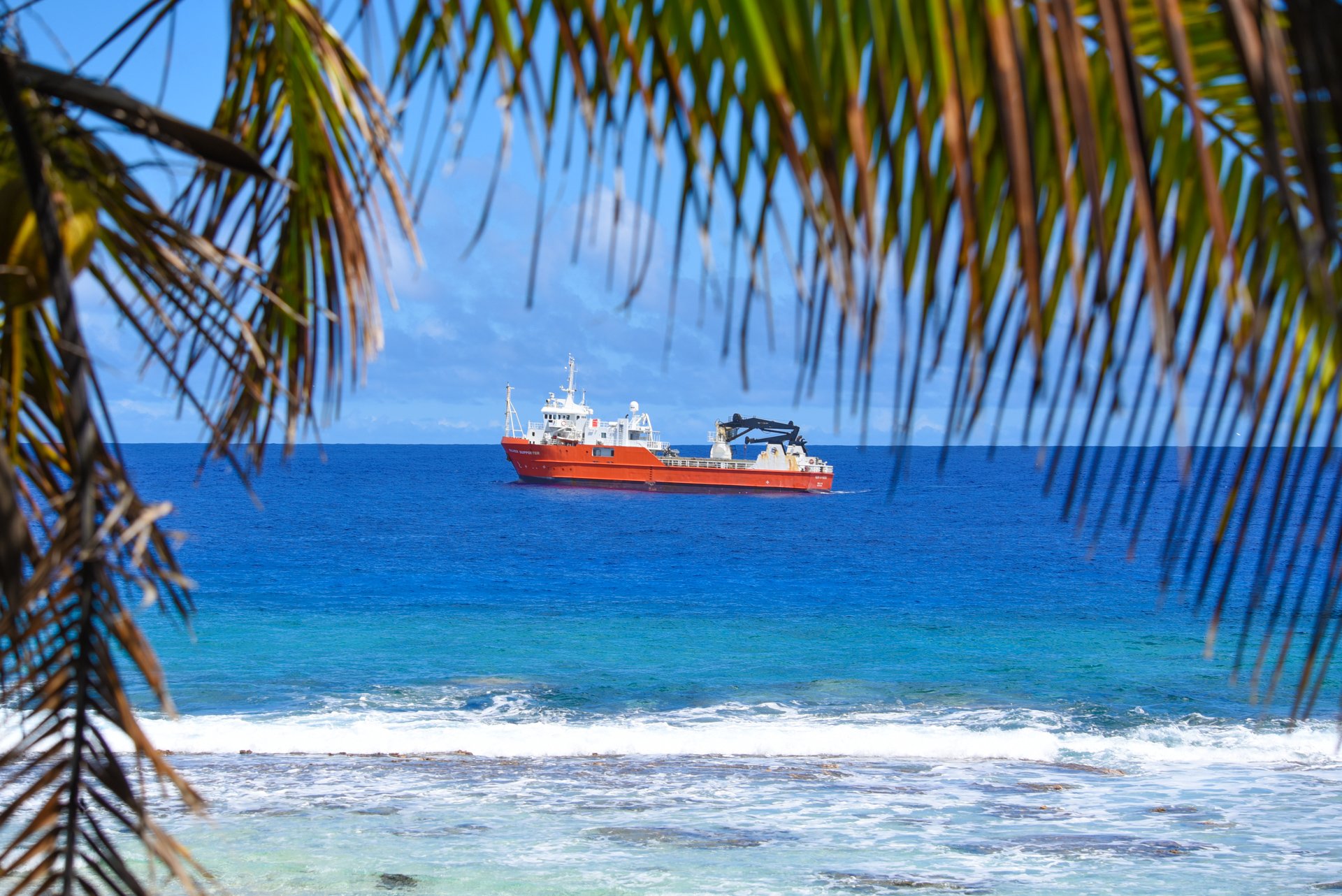
The islands of Pitcairn, Henderson, Ducie and Oeno, support remarkably pristine habitats and it is important that we keep them this way — for now and for future generations.
More about Pitcairn’s Marine Protected Area (MPA) Creating A Blue Belt To Protect Precious Marine Habitats
Since early 2011 the Pew Environment Group’s Global Ocean Legacy project worked with the Pitcairn islanders on the idea of establishing a large scale marine reserve within their waters. In March 2012 the National Geographic Society and Global Ocean Legacy conducted an expedition to Pitcairn to assess the health of the marine environment around all four islands, and also – for the first time ever – used dropcams, to investigate the deep water areas. The surveys revealed an incredibly healthy marine ecosystems, as well as plants and animals new to science.
The global biological value of the marine ecosystems of the Pitcairn Islands is outstanding, and deserves strict protection and recognition. A large no-take reserve, while allowing for traditional small-scale uses, conserves this unique environment, attracts scientific and conservation interest in studying and protecting the area, and also increases tourism to the islands, all of which benefit the local economy.
These findings were presented to us here on the island, and it was the first time the residents of Pitcairn had a proper chance to see what’s going on under the water, and understand how precious the marine environment here is.
On March 18th, 2015, The British Government decided to establish the Largest Marine Reserve in the World around the Pitcairn Islands.
Less than 3% of the ocean is effectively protected. We need to protect at least 30% of the ocean to safeguard marine biodiversity and build ocean resilience.
- Marine Conservation Institute
The People of Pitcairn Island are extremely excited about designation of the Worlds Largest Marine Reserve in our vas and unspoiled waters, including Ducie, Oeno and Henderson Islands.
“We are proud to have developed and led this effort in partnership with Pew and National Geographic to protect these spectacular waters we call home for generations to come.”
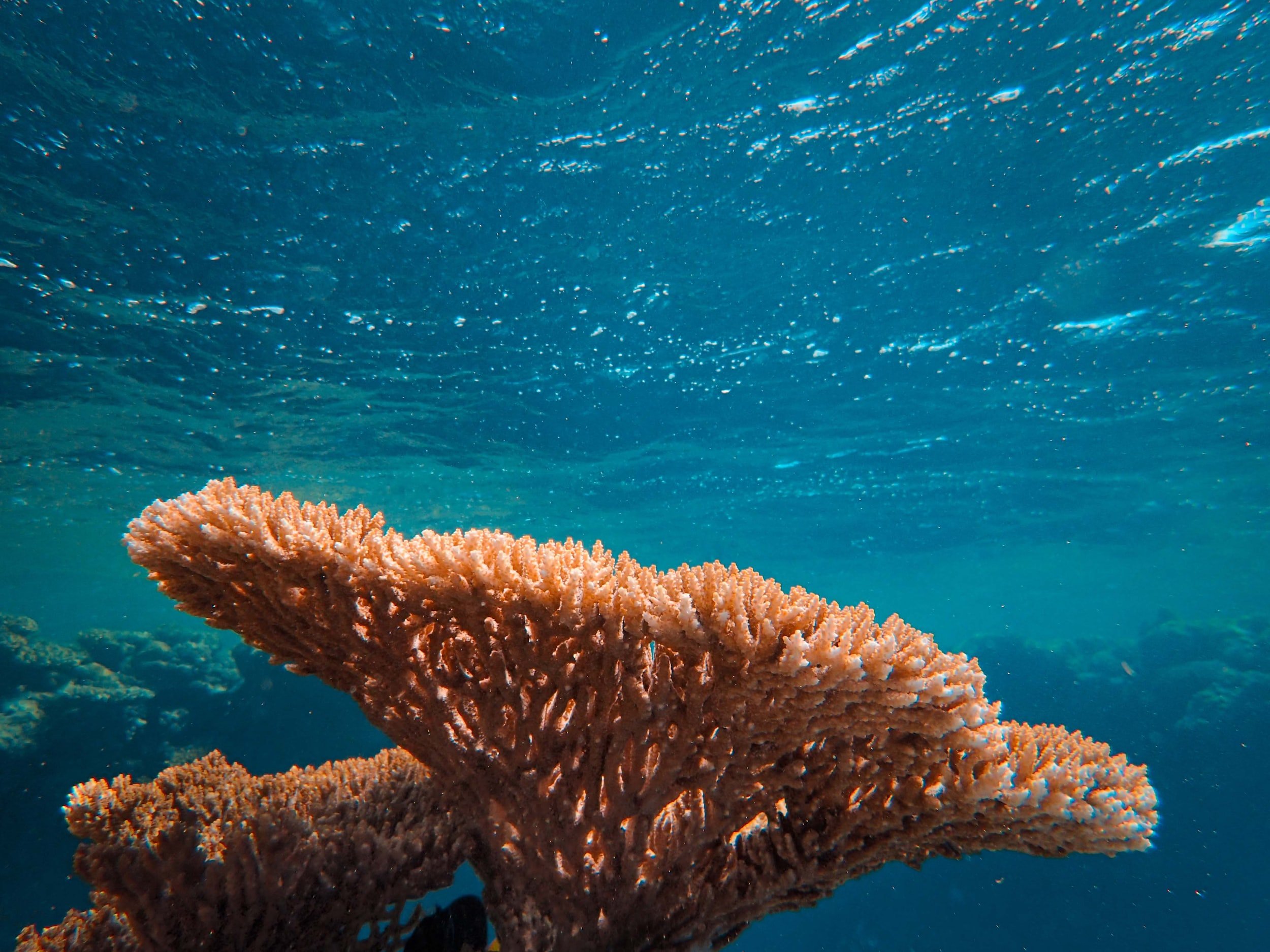
At 324,000 sq miles (834,000 sqkm) The Pitcairn Marine reserve offers protection to some of the most pristine waters and coral reefs on earth.
Pitcairn Island Marine Reserve Timeline
Early 2011
Pew's Global Ocean Legacy program starts work with the Pitcairn community on island and receive approval from Pitcairn Island Council to explore concept of Pitcairn Island Marine Reserve. Significant body of research and studies commissioned and shared.
March - April 2012
National Geographic and Pew conduct a scientific expedition to survey underwater health of Pitcairn Islands' ecosystem with permit granted by Island Council.
September 2012
Along with the island community, the Pitcairn Island Council votes to unanimously support the creation of a marine reserve around the Pitcairn Island.
November 2012
Formal launch of Pitcairn Island Marine Reserve campaign at the Royal Society in London by Pew, National Geographic, and Pitcairn Island Council, with film released about underwater bounty of the Pitcairn Island and the proposed marine reserve.
January 2013
The Pitcairn Island Council, Pew, and National Geographic submit a formal and joint proposal to UK government for the creation of the world's largest fully protected marine reserve in the Pitcairn Island.
February 2013
Pew form partnership with UK Government initiative Satellite Applications Catapult to address the challenge of monitoring marine reserves and illegal unreported unregulated fishing (IUU).
March 2013
Pew and Catapult host expert workshop to identify technologies to monitor IUU.
January - June 2013
Research commissioned at request of UK Government on marine reserve and its enforcement, economics, science, and tourism.
October - November 2013
Pitcairn Islanders travel to London and to the 3rd International Marine Protected Area Congress (IMPAC3) in France to educate UK government representatives on the value of and the island's support for the proposed marine reserve.
September 2013 - April 2014
The Virtual Watch room for Marine Reserves concept demonstrator initiates and develops.
January 2014
The House of Commons Environmental Audit Committee publishes its report "Sustainability in the UK Overseas Territories" and includes in its formal recommendations that the UK Government must create the Pitcairn Island Marine Reserve.
September 2014
Zac Goldsmith MP hosts the UK Parliamentary launch of 'Marine Protected Areas in the UK's Overseas Territories' with statement of support read by community of Pitcairn.
Early December 2014
Pitcairn Islanders travel to London to provide local voice of support for Pitcairn Island Marine proposal and meet with UK government representatives, representatives of Catapult and NGOs among others.
December 2014
Pew makes an offer to the UK Government to support the monitoring of the Pitcairn Marine Reserve.
December 2014
UK Government hosts an expert meeting with the Marine Reserves Coalition to discuss marine reserves around Pitcairn and Ascension, chaired by Minister for Government Policy, Oliver Letwin MP.
January 2015
Prince Charles International Sustainability Unit, at Clarence House hosts cross-government work session 'Monitoring and enforcement systems for marine reserves' hosted.
January 2015
Caroline Spelman MP, Pew, and Satellite Applications Catapult host the Parliamentary launch of 'The Virtual Watch Room for Marine Reserves'.
January 2015
Trial of monitoring of the Pitcairn Island Marine Reserve begins, using satellite technology and a WaveGlider. Supported by the Pew Trusts and the Bertarelli Foundation
February 2015
John Randall MP, the Great British Oceans Coalition, and Sylvia Earle host event in the House of Commons 'Marine Protection in the UK Overseas Territories'.
February 2015
Pew meets with UK Government to discuss the monitoring and enforcement of Pitcairn Island Marine Reserve.
February 2015
Executives of the Great British Oceans Coalition write to Minister for Government Policy Oliver Letwin MP communicating their united support in the enforcement of Pitcairn Island Marine Reserve using satellite monitoring and regional political co-operation. A move away from traditional 'boots on deck' enforcement.
March 2015
The UKos Government announce their political commitment for a Marine Protection Area around the Pitcairn Island is in the Budget.
March 2015
The announcement receives wide spread media coverage, both nationally and internationally, crediting the UK Government's commitment to create the world's largest Marine Reserve and global leadership by the UK on the issue. The announcement also receives unanimous support from the Great British Oceans Coalition.
March 2015
UK Parliament prorogues for the 2015 General Election.
April 2015
Conservative Manifesto is published in Swindon re-stating the commitment for the Marine Reserve around the Pitcairn Islands and marine reserves around other UKOT's.
“We will create a 'Blue Belt' to protect precious marine habitats
Earlier this year, we announced the creation of a new Marine Protected Area around the Pitcairn Islands - the largest protected expanse of sea in the world. We will now go even further, creating a Blue Belt around the UK's 14 Overseas Territories, subject to local support and environmental need. We will designate a further protected area at Ascension Island, subject to the views of the local community.And, off our own coasts, we will complete the network of Marine Conservation Zones that we have already started, to create a UKBlue Belt of protected sites”.
April 2016
Culmination of trial of monitoring of the Reserve and presentation of results to the FCO
August 2016
Drafting of the Pitcairn Island MPA Ordinance. The legislation is significantly shaped by the Pitcairn Island Council
September 2016
Legal designation of Pitcairn Island Marine Reserve
February 2023
The Pitcairn Islands Marine Protected Area (MPA) wins the Platinum-level Blue Park Award for exceptional marine wildlife conservation. This recognition is a testament to Pitcairn's commitment to preserving its unique and diverse ocean ecosystem.
Have questions?
A great place to start is our Frequently Asked Questions (FAQ) page.


